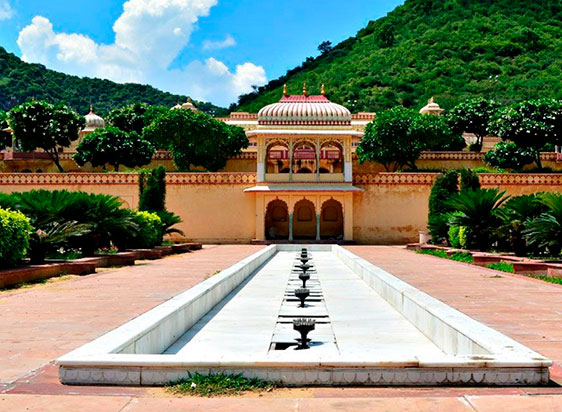
The horticultural and architectural wonder Sisodia Rani ka Bagh, or “Garden of the Sisodia Queens,” lies outside Jaipur, Rajasthan. Located on the Jaipur – Agra road, approximately 10 km from the city center, it is a lovely and serene oasis that is the perfect escape from the hectic Pink City. The garden represents Rajput and Mughal architectural styles, not merely a group of plants but a deep expression of royal love. With multi-level landscapes, chromatic murals, cascading fountains and tranquil pavilions, it’s a reflection of Rajput monarchs' appreciation for aesthetics in the 18th century. It’s an intriguing location for people who are interested in history, nature lovers and anybody in search of serenity amid artistic beauty, since its name evokes romantic history.
History of Sisodia Rani ka Bagh, Jaipur
Sisodia Rani ka Bagh’s glorious history dates to an interesting story of royal marriage and love. The garden was commissioned for his second queen by Jaipur’s founder, Maharaja Sawai Jai Singh II, in 1728. This queen belonged to the Sisodia Rajput clan of Udaipur, a noble family believed to be descended from the sun god. The garden was planned and developed as the queen’s own personal retreat and spot of endearment.
It was largely built to serve the Sisodia Rani as a quiet respite from the political manoeuvrings, formal court protocol and the ceaseless bustle of the City Palace. Her status as a princess of the powerful Sisodia clan was important and the garden was designed to both display her royal status and provide a secluded, natural environment in which she may unwind. Her son, Madho Singh I, born in this palace and who later ascended to being the heir apparent to the Jaipur throne, also associated with the historical importance. The garden is therefore irrevocably tied to the private life and royal succession of the Kachwaaha dynasty.
The work itself is a significant document of history that testifies to the intimate artistic and sociopolitical bonds between the Mughal Empire and the Jaipur Kachwaha kings. Maharaja Sawai Jai Singh II blended elements of both traditions to develop a unique synthesis that respected his queens but used the refined and popularized Mughal Charbagh principles.
Architectural Layout of Sisodia Rani ka Bagh
The most unique feature of Sisodia Rani ka Bagh is its well-planned architectural pattern, designed to create a feeling of symmetry, harmony and tumbling beauty. The Mughal and traditional Indian architectural styles are skillfully blended in the design.
The multi-tiered or terraced layout of the garden, brought on by the inspiration of the four Gardens of Paradise, a conventional aspect of Mughal design. A core network of water canals and fountains unites these terraces as they ascend the slope of the hill. The most seductive aspect is likely the running water that symbolizes life and purity. It flows from one level to the next, combining in the centre of each section and creating a cool, melodic noise for the area around it. The formal Mughal design is also sustained by the design’s symmetry, dividing the garden into distinct areas with overlapping walkways. The construction of the building in the garden speaks a lot about the Rajput influences.
They are the multi-story palace on the highest of the three terraces, offering an overall view of the entire garden and the surrounding Aravalli hills and stunning pavilions that are finely painted. The wall of such structures is adorned with vibrant murals and beautiful frescoes. Hindu mythology is the major source of inspiration for these murals, in which predominantly the time-tested love stories and leelas of Lord Krishna and Radha are depicted. The unique style of Rajasthani art is applied in other murals showing hunting, palace life and intricate geometric and floral design. One of the very interesting architectural elements that brings an element of understated mystery and grandeur is the deliberate hiding of the stairways to the palace floors. Rajput religious sensibilities are also underscored by the compound’s humble shrines to Hindu gods like Lord Shiva and Lord Hanuman.
Timings and Entry Fees:
Travel enthusiasts should know the current operational details to ensure a comfortable and enjoyable visit.
Timings: 8:00 AM to 5:00 PM
Entry Fee:
Indian tourists – 50/-* INR per person
Foreign tourists – 200/-* INR per person
Best time to visit Sisodia Rani ka Bagh
The ideal season to explore Sisodia Rani ka Bagh is largely based on Jaipur’s at times unforgiving weather. October to March are the best times of the year, with pleasant temperatures that make it ideal for visiting and taking leisure walks. Vegetation in the garden is most colorful and lush during the monsoon, and flowerbeds are often in full bloom, accentuating the fountains and murals' beauty.
Monsoon season (July to September) – Even with the significant humidity, periodic rain rejuvenates the plants, making the garden look particularly beautiful and the atmosphere rejuvenated which may draw photographers.
Ideal Time of the Day
The ideal time to thoroughly indulge in the peaceful atmosphere and sublime landscapes is to explore Sisodia Rani ka Bagh. In the morning, there is an unwonted peace before the crowds converge ,and the soft, cool light is perfect for photography. Late afternoon or evening, invites everyone in the soothing, golden light of the setting sun, which beautifully lights up the palace and its pavilions that setting a romantic mood.
Places to visit near Sisodia Rani ka Bagh:
Galtaji Temple or the Monkey Temple is a local historic Hindu pilgrimage site encompassed by the Aravalli hills and features several temples, natural springs and kunds.
Vidyadhar Bagh was built in honor of Vidyadhar Bhattacharya, Jaipur’s chief architect and city planner. However, having a similar blend of Rajput and Mughal gardening, it possesses its own unique charm.
Jawahar Circle is also referred to as a modern landmark, perfect for a photography lover. It’s an exquisite and colorful gateway to the Jawahar Circle Park.
However, they are a bit far away from the city center, the City Palace, Hawa Mahal and Jantar Mantar are often part of the comprehensive Jaipur city tour along with the garden.
Conclusion –
A garden ore than of historical significance, Sisodia Rani ka Bagh is a laboriously preserved poem in water, paint and stone. It beautifully reflects the rich artistic and architectural heritage of Rajasthan. The site is both beautiful and remarkably peaceful due to its tiered Charbagh design, the soothing serenade of flowing water, and the colorful frescoes that depict the sacred passion of Radha and Krishna. Sisodia Rani ka Bagh is a peaceful, lively paradise that celebrates history, art and the ever-lasting appeal of nature, and remains one of the must-visit places for any tourist in Jaipur.

Sisodia Rani ka Bagh Jaipur
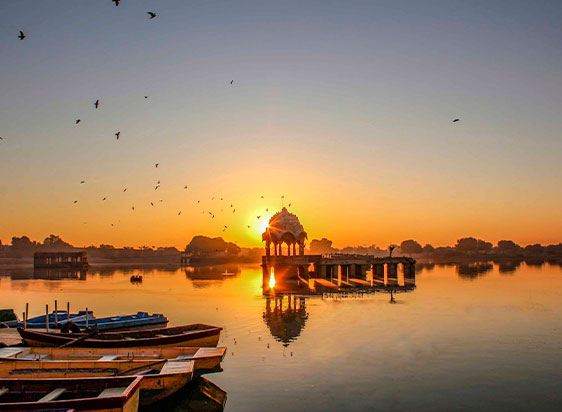
Gadsisar Lake Jaisalmer
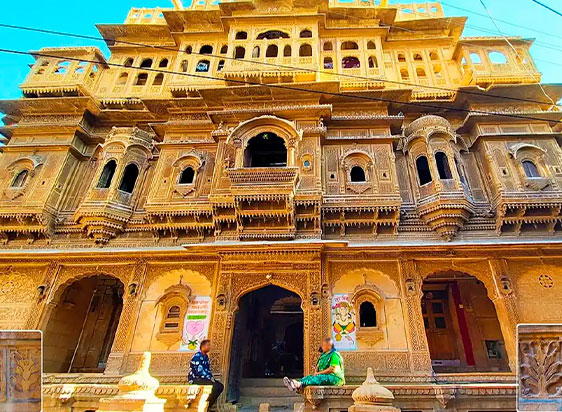
Nathmal ji ki Haveli Jaisalmer
.webp)
Desert Festival Jaisalmer – Music, Dance & Culture
.webp)
Rajasthan Festival Calendar: Your Guide to Celebrations
.webp)
A Food Lover’s Guide to Rajasthan: What to Eat & Where
.webp)
Forts & Palaces of Rajasthan You Cannot Miss
.webp)
National Parks and Wildlife Sanctuaries in Rajasthan
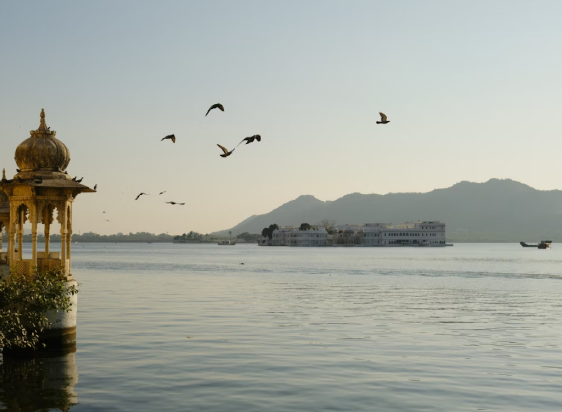
City Palace Udaipur Travel Guide: Timings, Tickets, History & Photography Spots
.webp)
Explore India’s Heritage in 3 Days: Golden Triangle Tour Itinerary
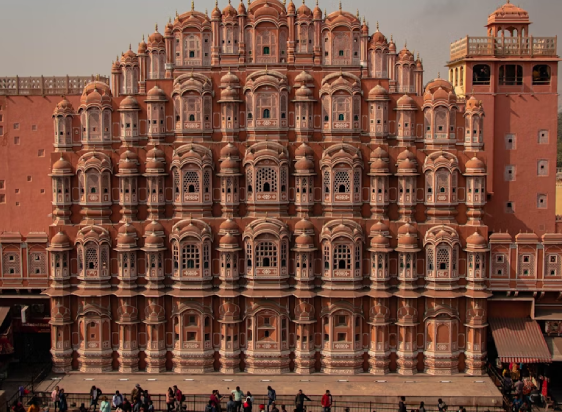
Golden Triangle Tour: 4 Days of History, Culture, and Adventure
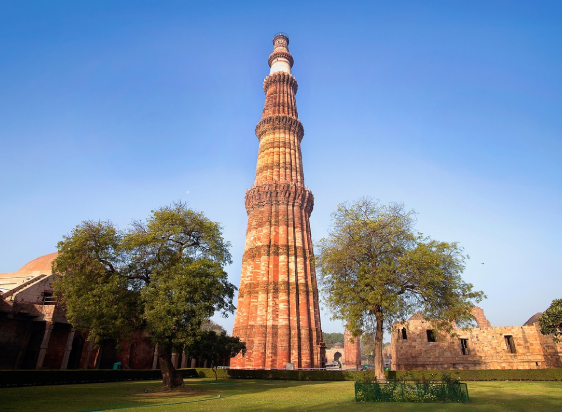
Maximize Your Experience: 5-Day Golden Triangle Tour Package Highlights
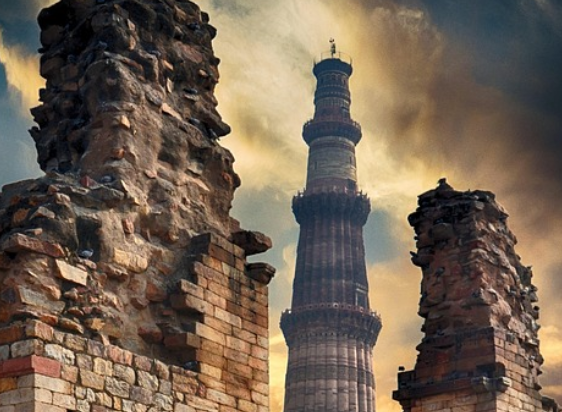
The Ultimate 6-Day Golden Triangle Tour: From Monuments to Markets
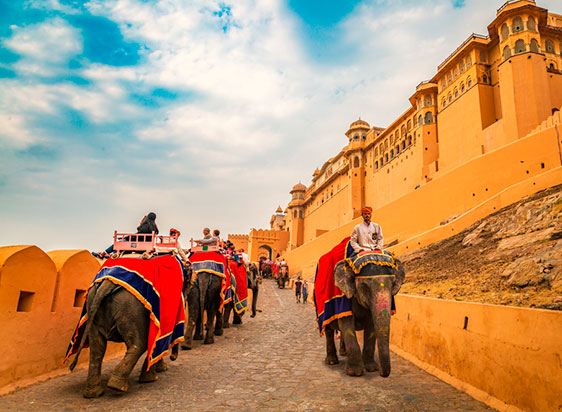
10 must-see places in Jaipur
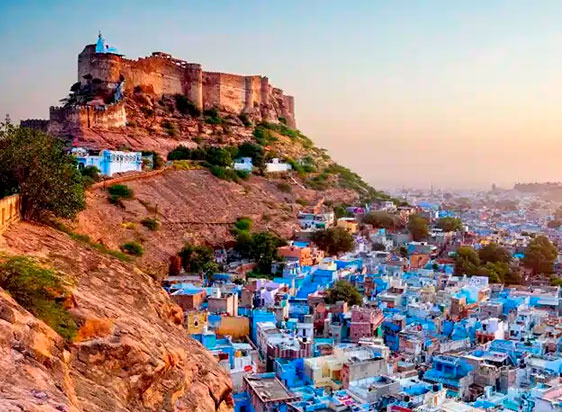
10 must-see places in Jodhpur
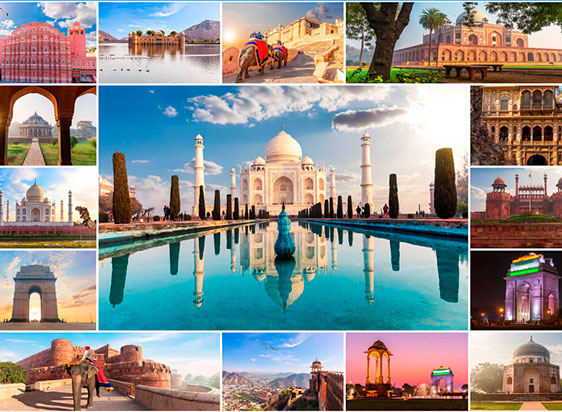
10 Must-See Places in India
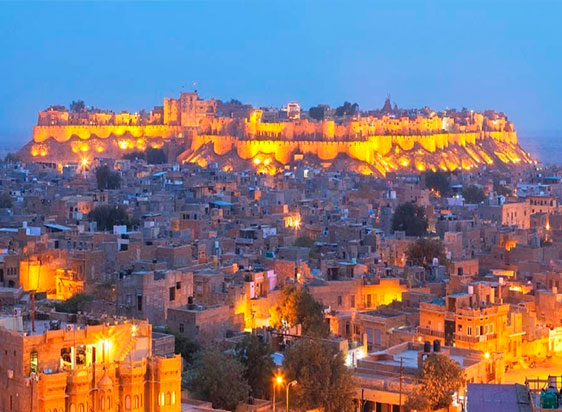
10 must-see places in Jaisalmer
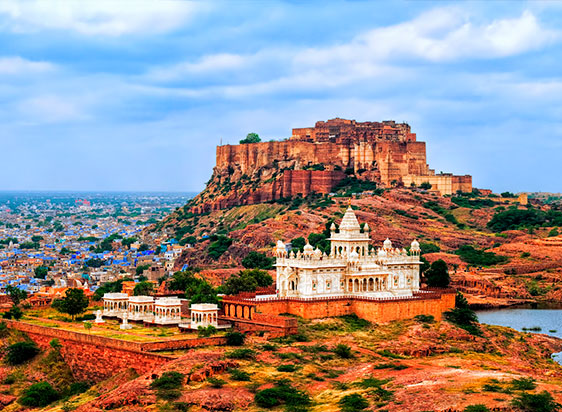
10 must-see places in Rajasthan
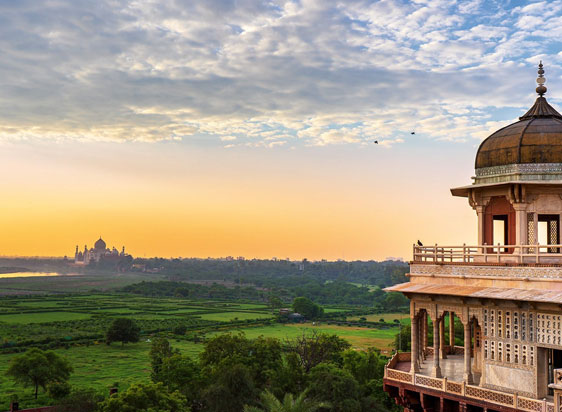
How to Reach Agra?
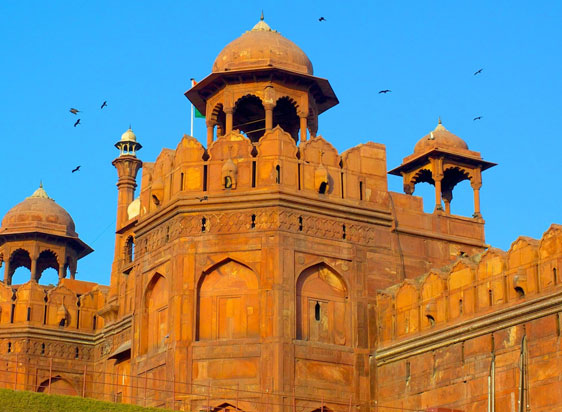
How to Reach Delhi?
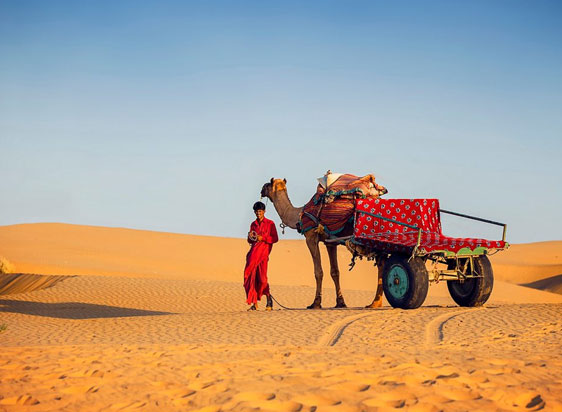
How to Reach Jaisalmer?
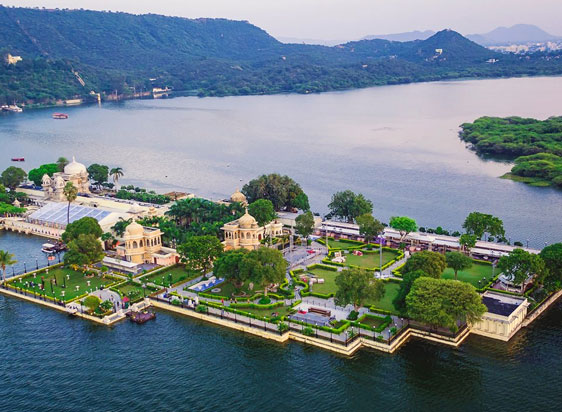
How to Reach Udaipur?
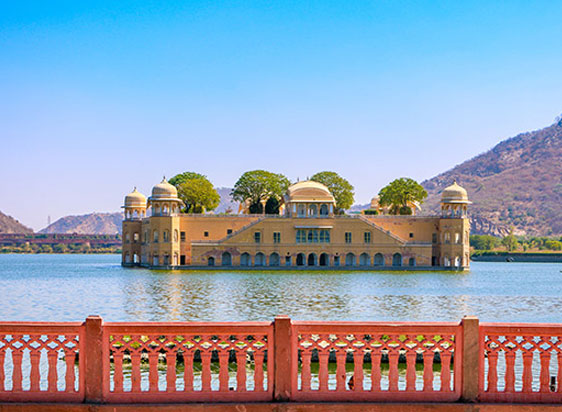
How to Reach Jaipur?

Char Dham Yatra: A Journey of Faith and Spiritual Awakening in Uttarakhand

Places To Visit in Jaipur with Family
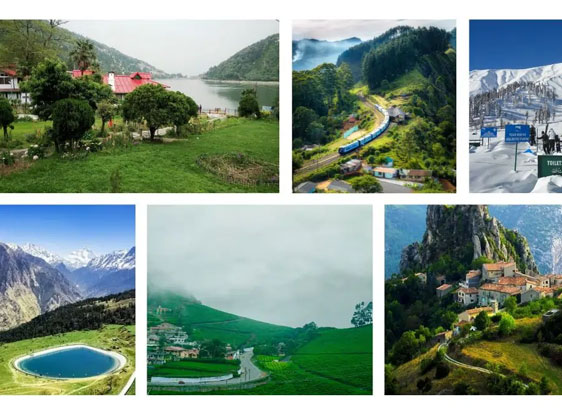
10 Hill Stations In India- Location, History, Timings, Images

India Gate Delhi – Location, History, Timings, Entry Fee, Images
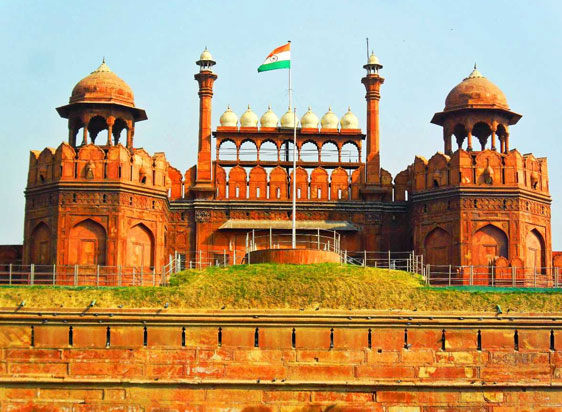
Red Fort – Old Delhi, Facts, Timings, History, Location

Golden Triangle Tour of Luxury and Budget-Friendly

Best Time to Visit the Golden Triangle: Seasonal Travel Guide

Akshardham Temple Delhi Timings, History, Entry Fee, Images, Aarti, Location & Phone Number

Best Ranthambore Tour Packages Itinerary

Best Jaisalmer Tour Packages Itinerary

Best Udaipur Tour Packages Itinerary

Best Jaipur Tour Packages Itinerary

Best Rajasthan Tour Packages Itinerary

How to pick the right India tour packages?

All India Tour Packages Cost: Exploring the Riches of Incredible India

Rajasthan Festivals Tour Guide

A Complete Travel Guide to Jaipur for IIFA 2025

IIFA 2025 Jaipur: Celebrating 25 Glorious Years of Indian Cinema / IIFA Awards 2025 Date, Venue, Tickets, Host, Transportation
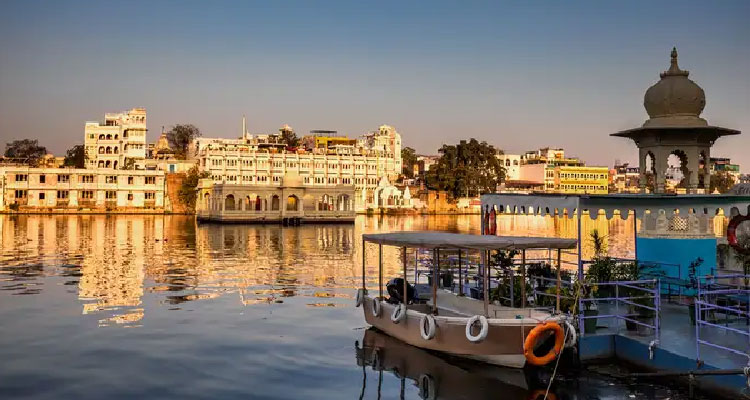
Taj Lake Palace Udaipur

Eklingji Temple, Udaipur

Bagore ki Haveli, Udaipur

Most Popular Dishes to Try in North India Tour

Ranthambore National Park Safari

Moti Doongri Ganesh Temple Jaipur
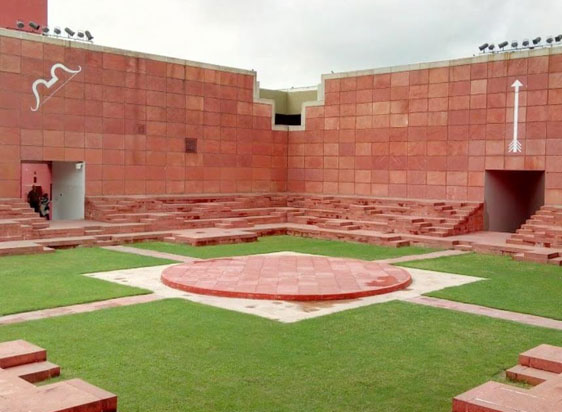
Jawahar Kala Kendra Jaipur
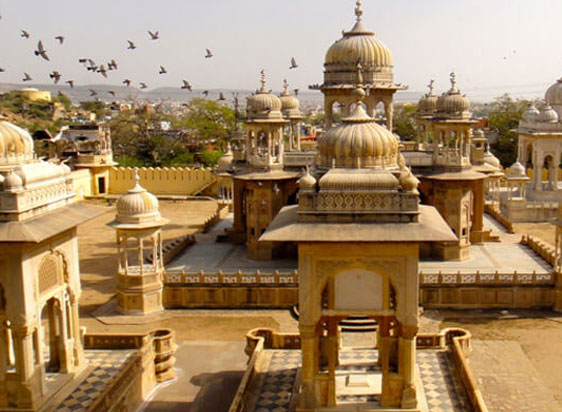
Gatore Ki Chhatriyan Jaipur – Entry Fee, Timing, Location

Albert Hall Museum Jaipur

Panna Meena ka Kund Jaipur
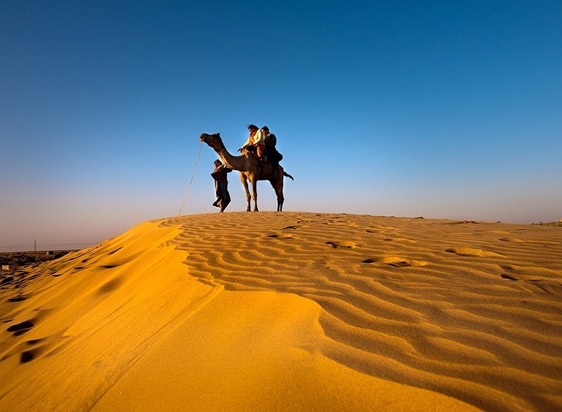
How to Book a Tour Guide in Jaisalmer?

How to Book a Tour Guide in Ajmer Pushkar?
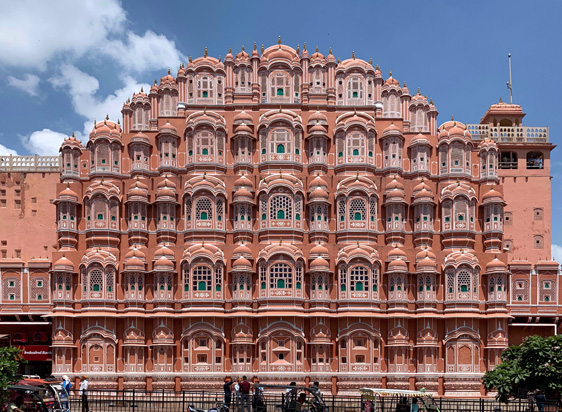
How to Book a Tour Guide in Jaipur?
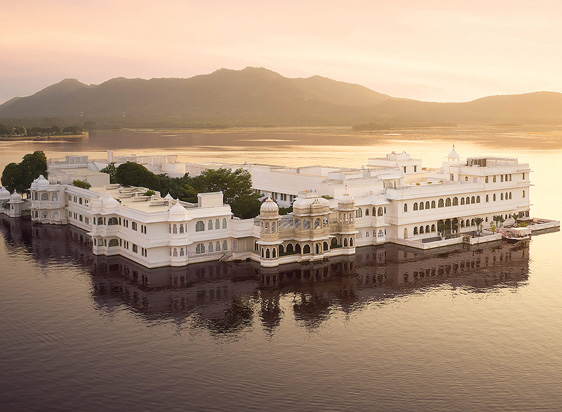
How to Book a Tour Guide in Udaipur?

How to Book a Tour Guide in Rajasthan?

Female tourist guide in Jaipur

Jaipur Solo Trip Package

These 7 spots will tell you why Rajasthan is the perfect spot for Glamping

7 Unforgettable Road Trips of Rajasthan

Film Shoot Locations in Jaipur

Jaipur Zoo Garden – Timings, Entry & Tickets Prices, and Things to See
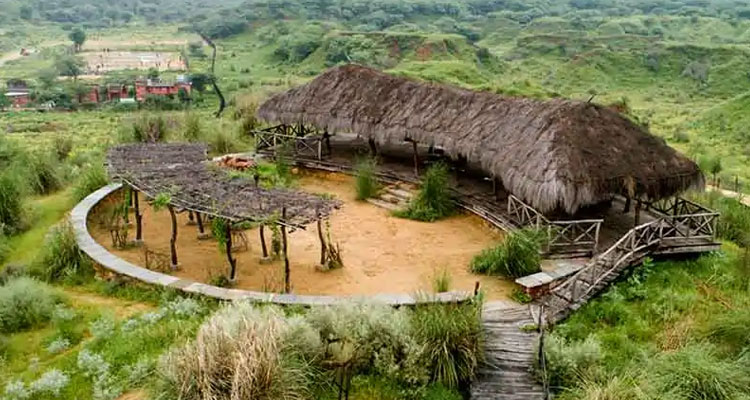
Kishan Bagh Jaipur – Entry Fee, Timings, Location
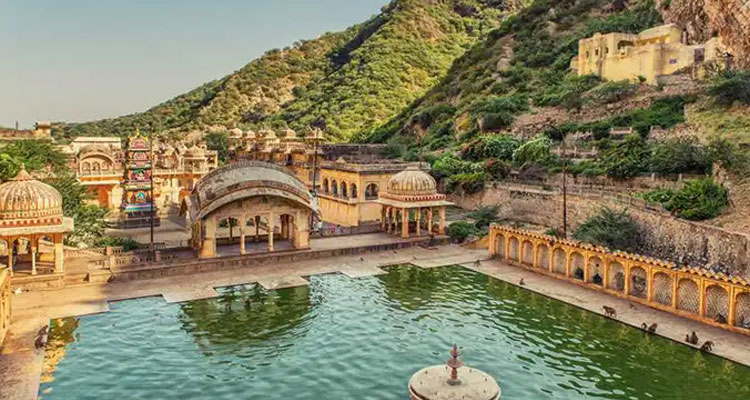
Jaipur Tourism: All you need to know
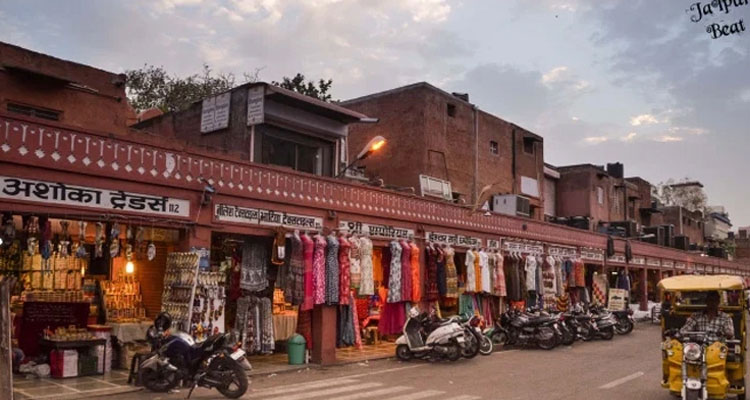
Johari Bazaar Jaipur: A Must-Visit Shopping Place

Chandra Mahal Jaipur

6 Exhilarating Road Trips From Jaipur That’ll Invoke Your Wanderlust Soul

Jaisalmer Nightlife: What To Do And See In The Golden City After Dusk Falls

Places To Visit in Udaipur At Night

Top 10 Winter Honeymoon Destinations in Rajasthan to Make Memories with Your Loved Ones

10 Best New Year Destinations in Rajasthan
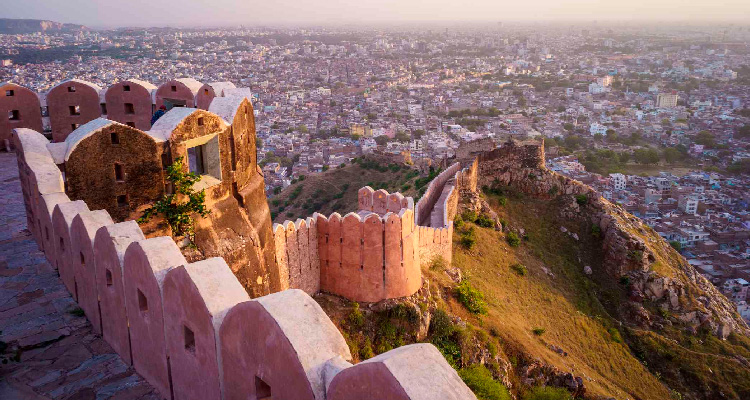
Nahargarh Fort Jaipur – History, Architecture, Timing, Entry Fee, Attractions, Lesser-Known Facts

Tips for Solo Female Travelers in Rajasthan

Discover the Unseen Places in Rajasthan

Best Monsoon Tour Packages of Rajasthan

12 Reasons Why I Absolutely Loved Rajasthan

Rajasthan Cultural Holidays
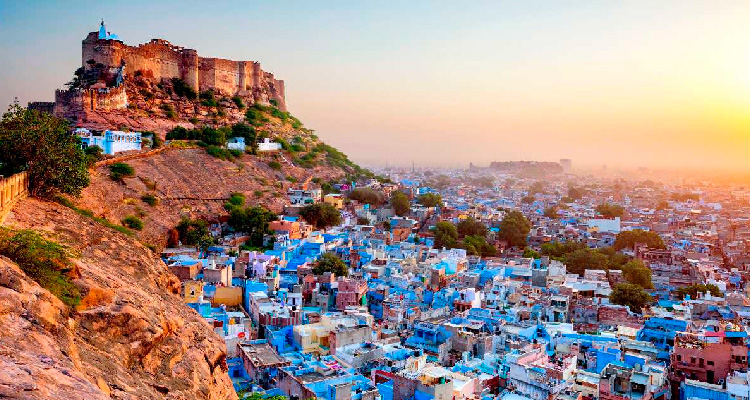
Best One Day Trips in Rajasthan

Birla Mandir Jaipur – History, Architecture, Timing, Entry Fee, Attractions, Lesser-Known Facts
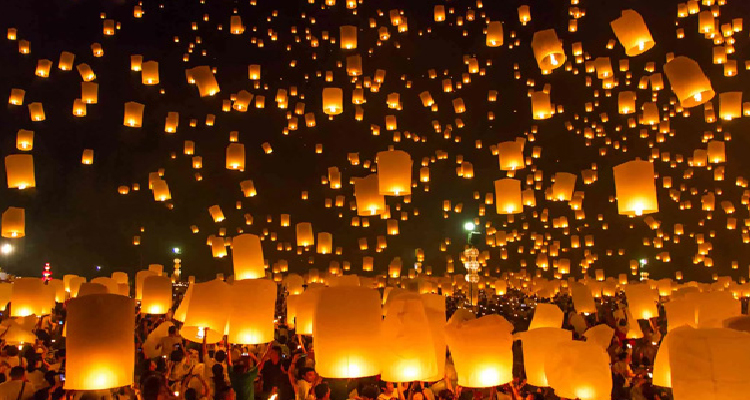
Top 7 Destinations in India to Celebrate New Year 2024

Jaipur Travel Tips
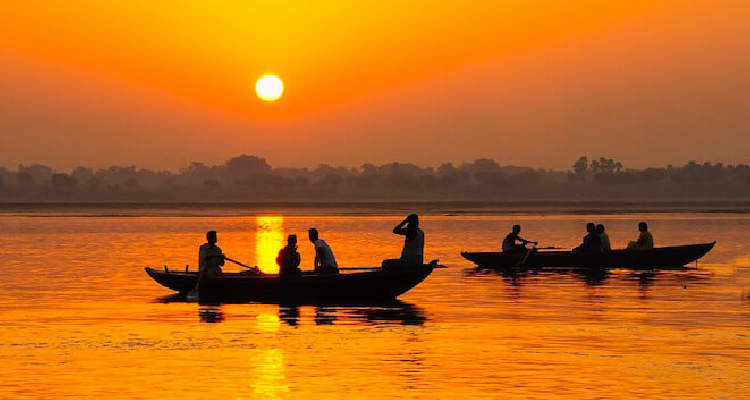
7 Amazing Things to Do and See in India in 2023-24
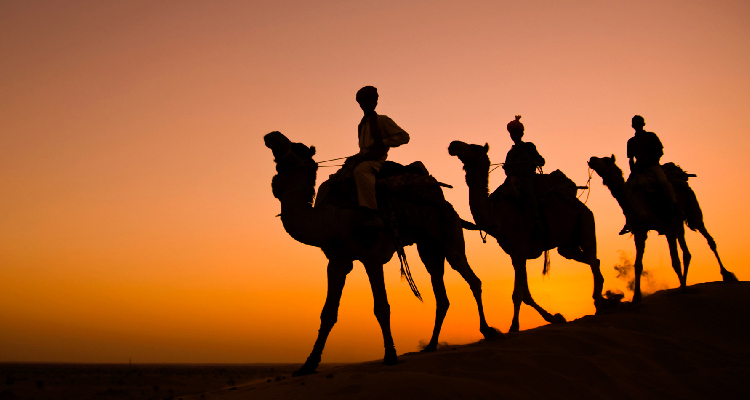
The Ideal Rajasthan Itinerary

Places to visit near Jaipur for 2 days

India's Top 10 UNESCO WORLD heritage sites

Royal Experiences in India to Make You Feel Like Maharajas in 2023-24
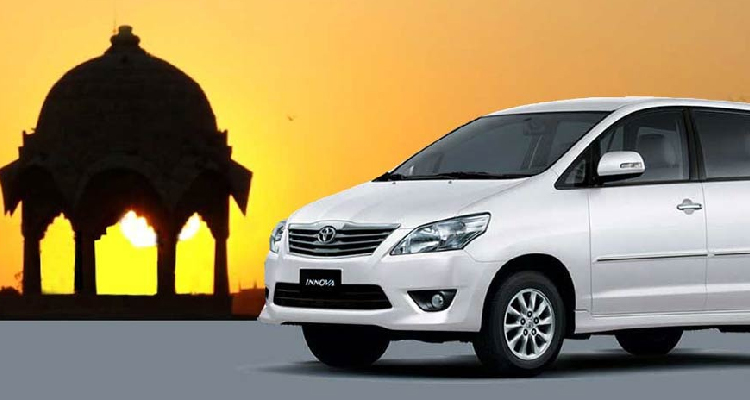
Jaipur Tour by Private Car and Driver

Luxury Travel India: Explore the best Luxury India Tour in one go
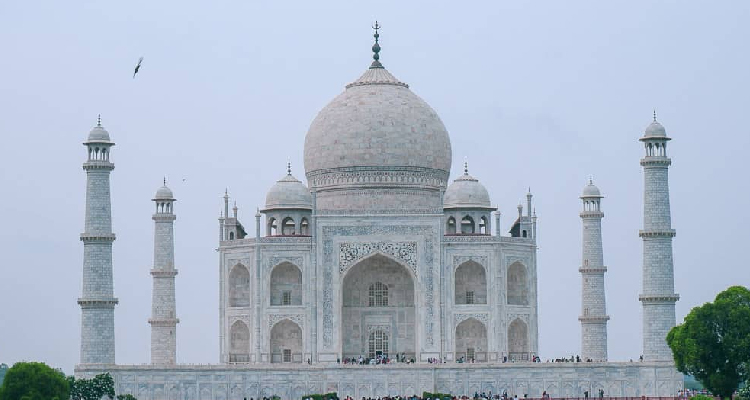
A Complete Guide to India Golden Triangle

How To Choose The Best Taxi Service in Jaipur for Sightseeing

The Ultimate Rajasthan Family Vacation: A Comprehensive Guide

Hawa Mahal: About, Time, History, Activities, Entry Fee

Chokhi Dhani Resort: About, Time, History, Activities, Entry Fee

JLF 2025: Jaipur Literature Festival, Dates, Lineup, Tickets
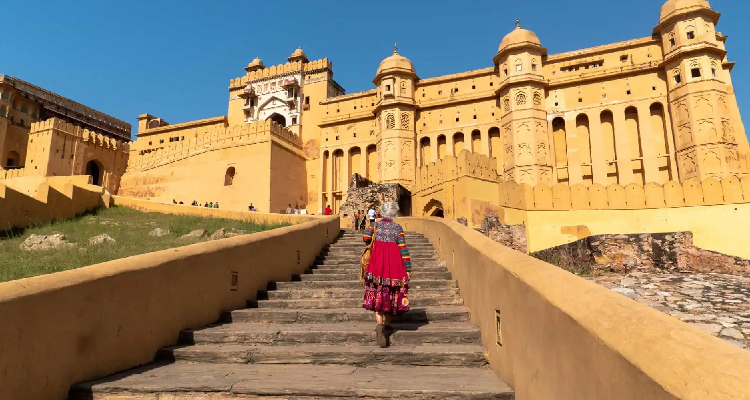
Planning a Rajasthan Family Adventure: Tips and Tricks

Jaipur Tour Guide
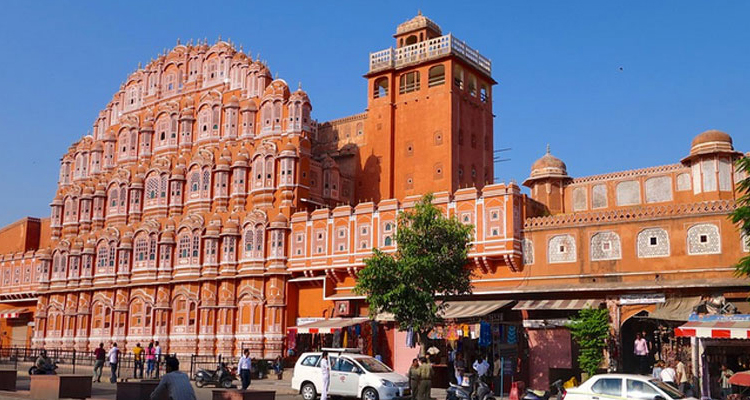
2 Days Jaipur Sightseeing Tour
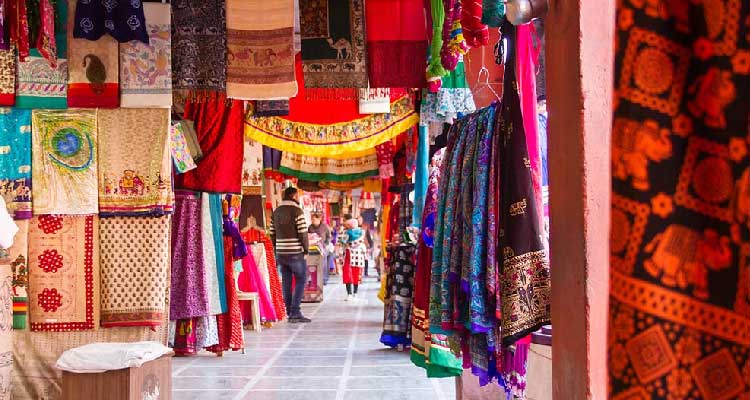
Shopping Paradise: A Guide to the Vibrant Bazaars of Jaipur

Discover Rajasthan with Kids: Top Family-Friendly Destinations

Luxury Cars in Jaipur for That Special Occasion

Top 10 Popular Temples To Visit In Jaipur
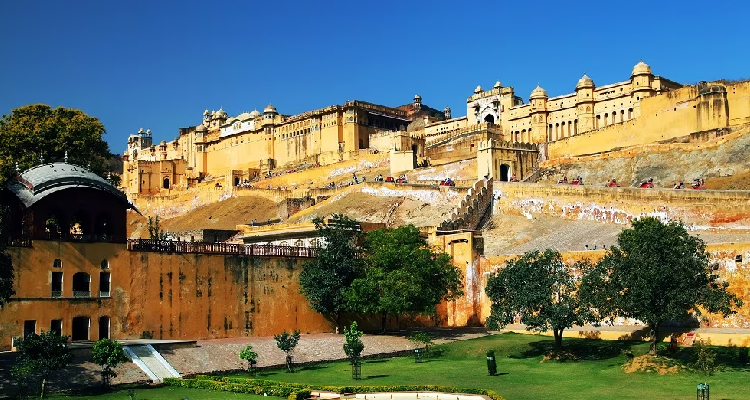
Rajasthan's Kid-Friendly Palaces and Forts: A Historical Adventure for the Family

Amber Fort: About, Time, History, Activities, Price

B2B Travel Company in Rajasthan
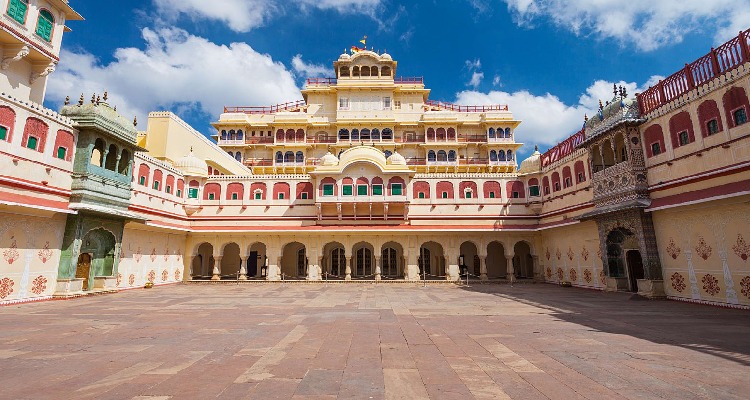
Unique Experiences to Enjoy in Jaipur

Family Fun in Jaipur: Exploring the Pink City with Children

Jaipur Shopping Guide: Best Things to buy and Shopping Places in Jaipur

Udaipur Unplugged: Family-Friendly Activities by the Lake
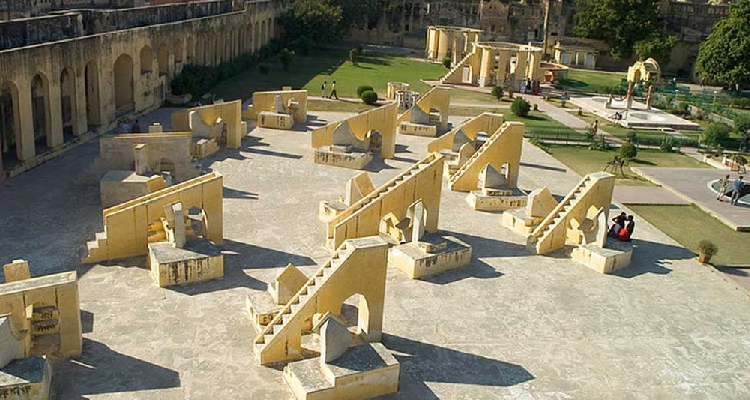
Jantar Mantar: About, History, Activities, Time, and Entry Fees

Wildlife Encounters in Rajasthan: A Family Safari in Ranthambore
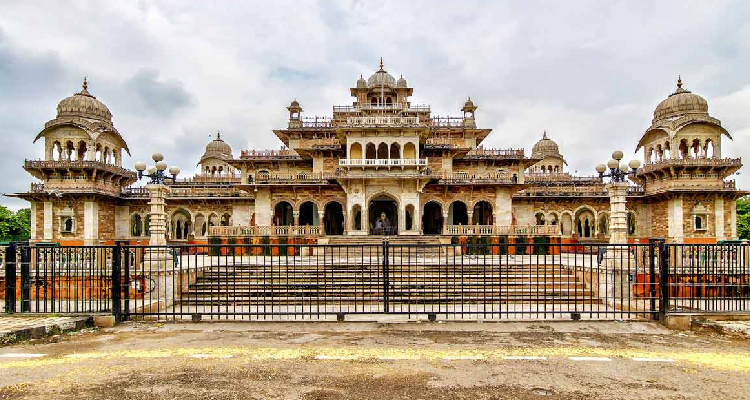
Albert Hall Museum: About, History, Activities, Time, and Entry Fee

Places to visit in Rajasthan

Top 7 Travel Destinations In Rajasthan For A Relaxing Trip In Winter 2022

Jaipur Food Tour

Rajasthan's Festivals for Families: Experiencing the Vibrant Culture Together

Jaipur Amber Fort: The Completer Tour Guide

Jaipur Tour By Tempo Traveller

Rajasthan's Royal Cuisine: Family Food Adventures

Exploring the Aravalli Hills: Family Trekking and Nature Walks

Amer Fort Light and Sound Show 2025

2 Days In Jaipur: Discover The Best Of Pink City In 48 Hrs

Hire Taxi in Jaipur
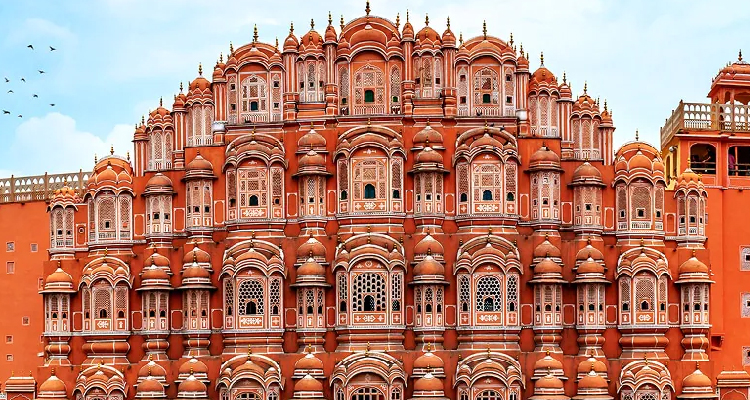
Jaipur Travel Guide: All You Need To Know For Planning Holiday in Jaipur
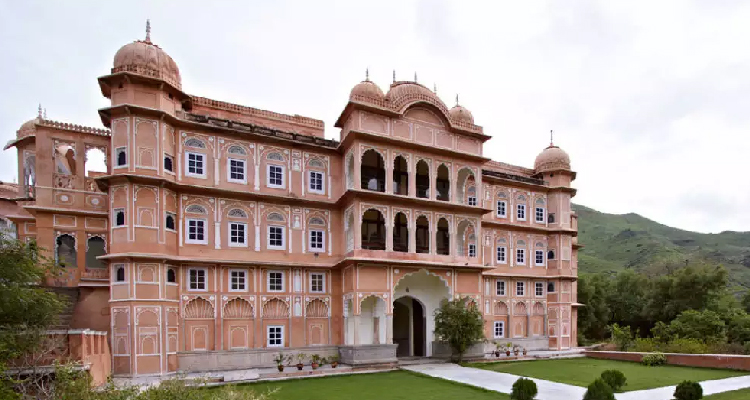
Heritage Hotels in Rajasthan: Unique Stays for the Whole Family
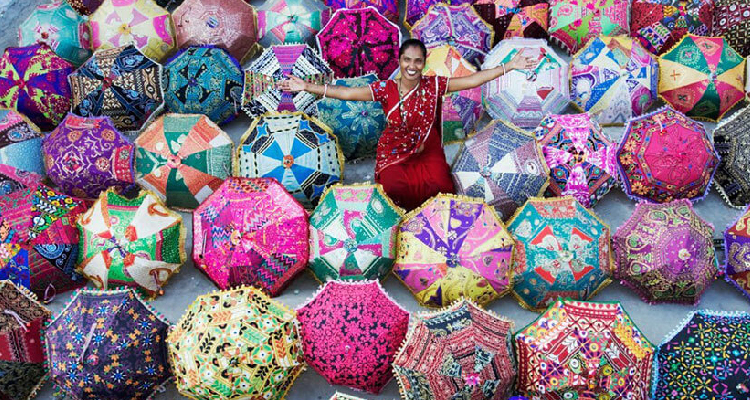
Crafting Memories: Family Art and Craft Experiences in Rajasthan

Wedding Car Rental in Jaipur

Top 10 Places to visit in Rajasthan in Winter

Discover These 5 Wildlife Sanctuaries Around Jaipur To Go On A Holiday Full Of Thrill!

Education Rajasthan Tour: An Ultimate Experience For Kids

Rajasthan Tour by Tempo Traveller

Hot Air Balloon Rides in Rajasthan: A Family Adventure in the Skies

Jaipur Airport Taxi
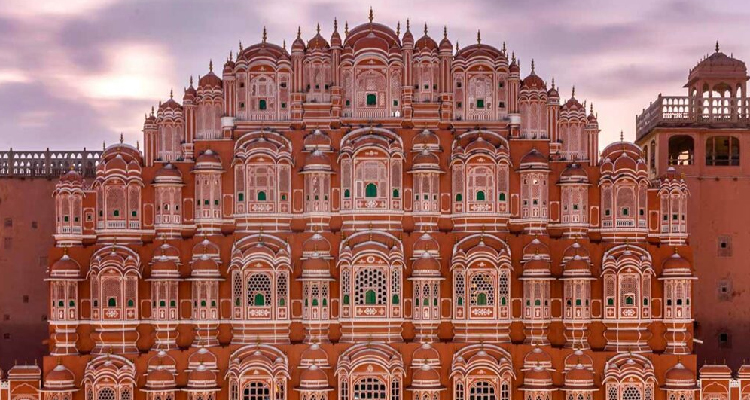
Golden Triangle Travel Guide
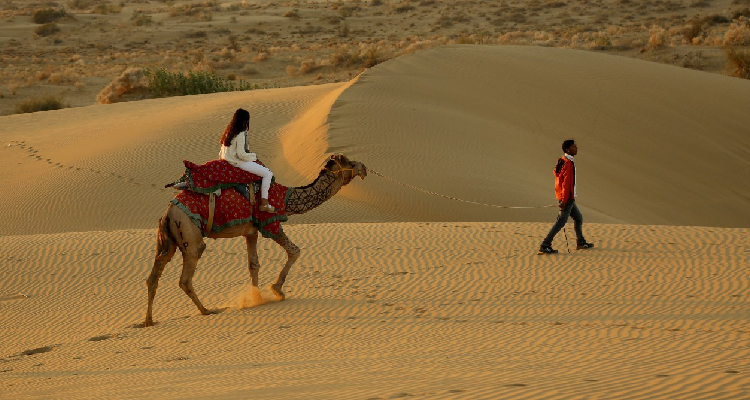
Camel Riding and Desert Camps: Family Adventures in the Thar Desert

Same-Day Tour to Jaipur

Shopping with the Family: Souvenirs and Local Markets in Rajasthan

7-Day Trip to Rajasthan
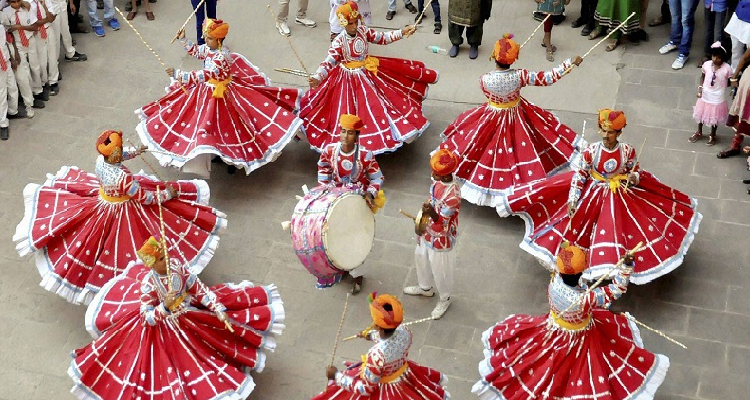
Festivals in Rajasthan

Rajasthan Luxury Tour by Car
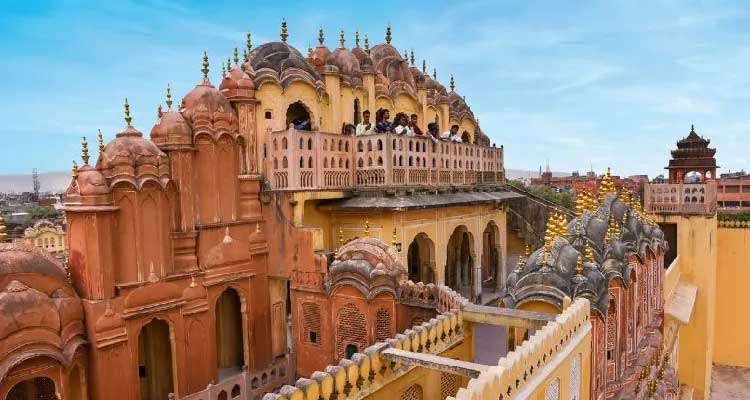
Jaipur Like a Local: Experiencing the City Through Local Activities

Family Road Trip: Navigating Rajasthan's Scenic Routes

10 Luxury Stay in Rajasthan

Rajasthani Folk Tales: Storytelling Sessions for Children

Famous Foods of Rajasthan You Must Try on Your First Trip
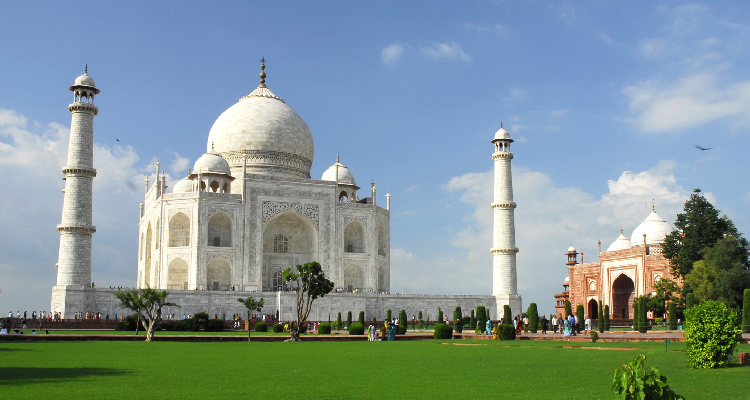
Places to visit On Golden Triangle Tour
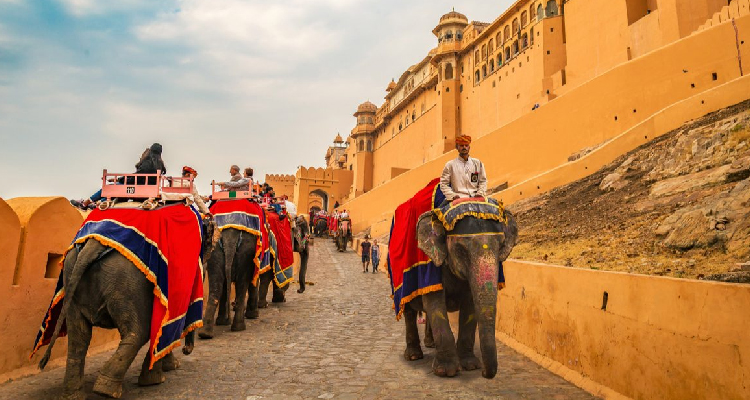
B2B Travel Company in Jaipur

How can I spend 3 days in Jaipur

How to Plan Your Rajasthan Tour

Jaipur Budget-Friendly Tour: The Best Way to Explore

Taxi in Jaipur

Unveiling the Pink City: A Historical Tour of Jaipur
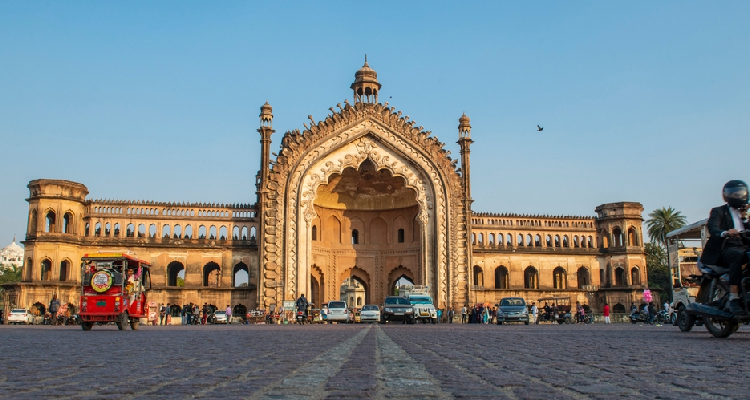
Places to visit in Ayodhya

Why is Jaipur known as Pink City

Taxi Services in Jaipur
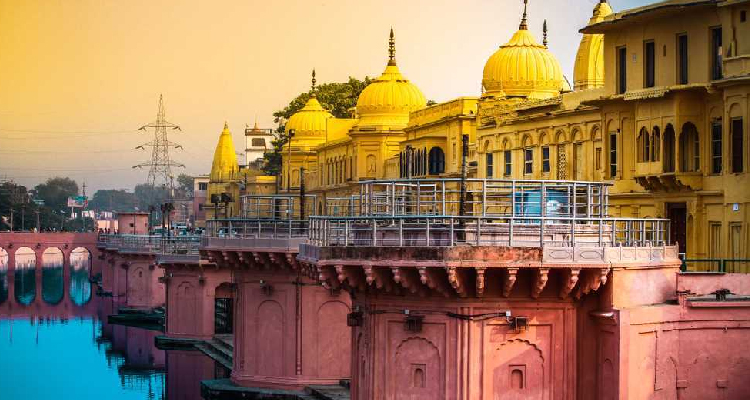
Places to visit near Ayodhya
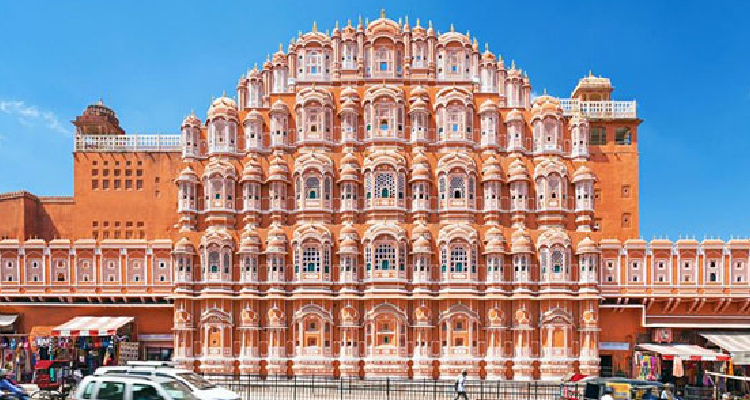
Attractive Places to Visit Near Jaipur in One Day

Timing & fees for visiting Jaipur monuments
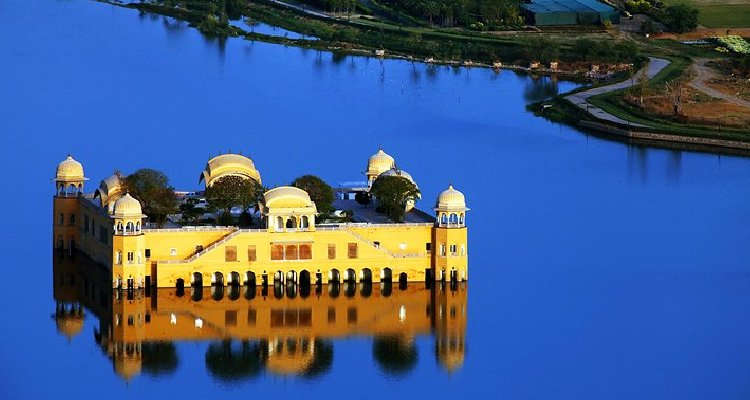
Places to Visit in Jaipur in Winters
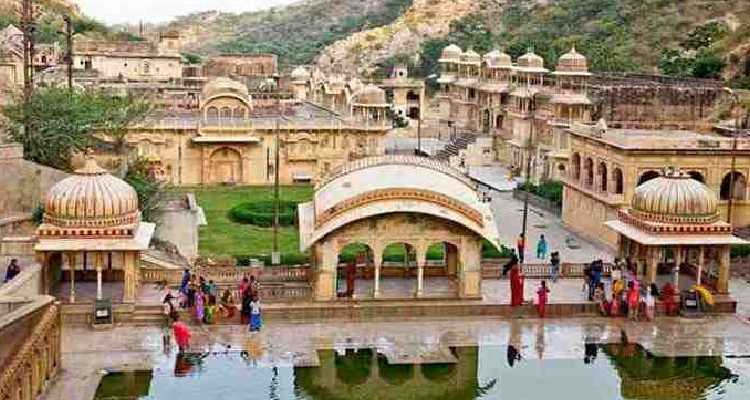
Jaipur Sightseeing Tour

Ayodhya Shopping Guide

Jhalana Leopard Safari Price

Planning Your Golden Triangle Tour by Car
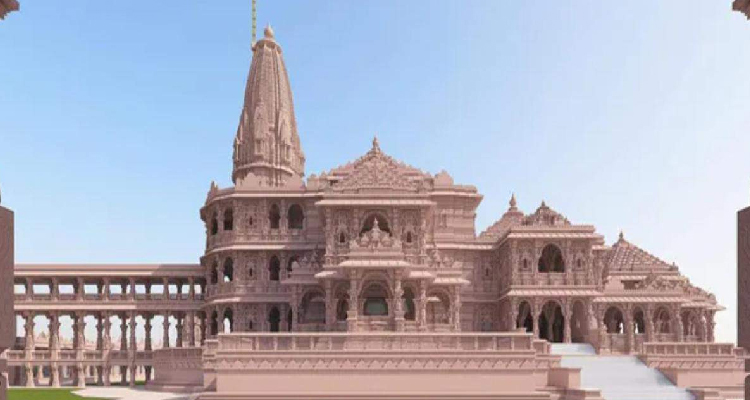
Ram Mandir Tour Guide (Ayodhya Tour Guide)
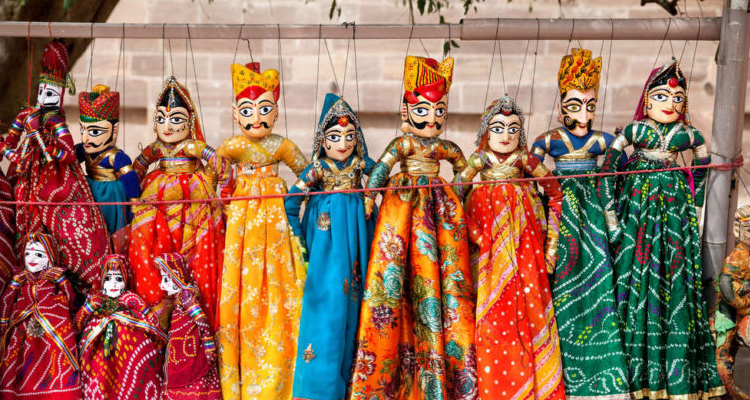
Rajasthan's Puppet Show and Folk Entertainment: A Delight for Kids

Jawai leopard Safari: Plan a memorable Wildlife Trip from Jaipur

Places to Visit Rajasthan in December
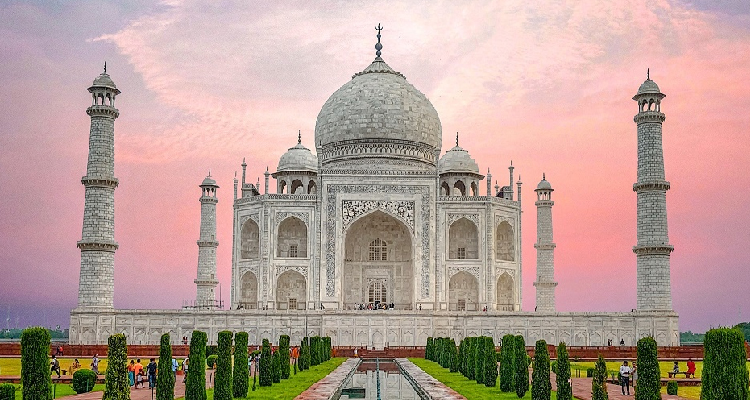
Taj Mahal Agra: Timings, History, Entry Fee, Images, Built by & Information

Best Wildlife Sanctuaries Around Jaipur

Tips to plan Jaipur Tour Packages
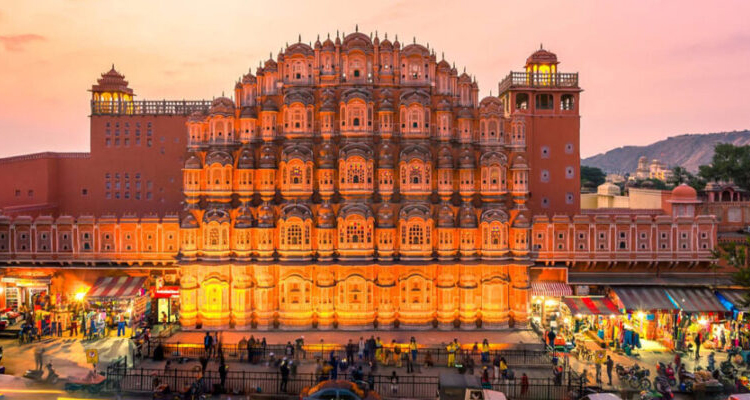
One Day Jaipur Local Sightseeing Tour Package by Car
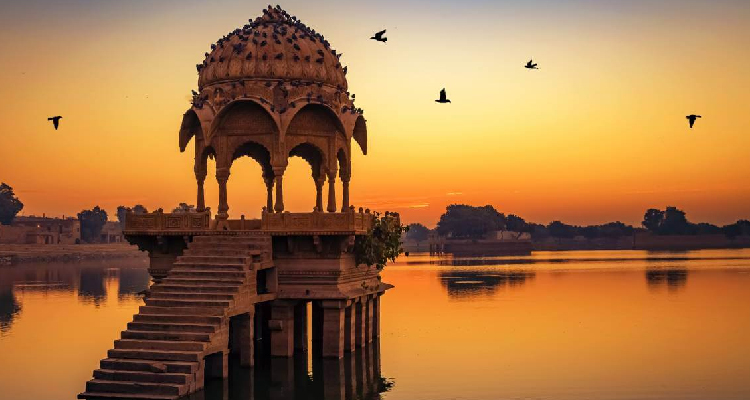
Most Popular Weekend Gateways From Jaipur

Chokhi Dhani Village Jaipur Package - Entry Fee, Timings 2023
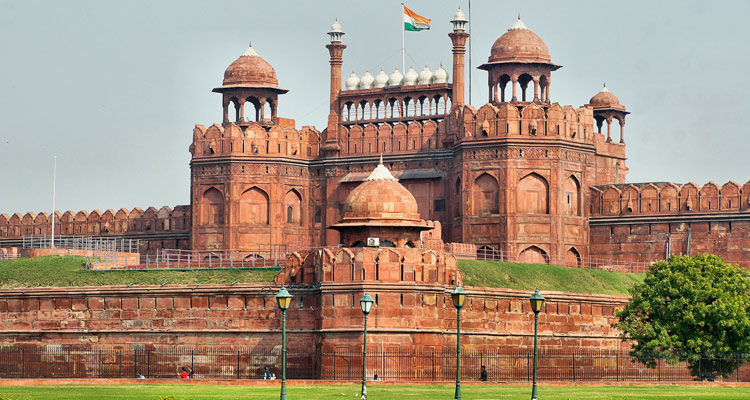
Red Fort / Lal Kila Delhi (Entry Fee, Timings, History, Built by, Images & Location
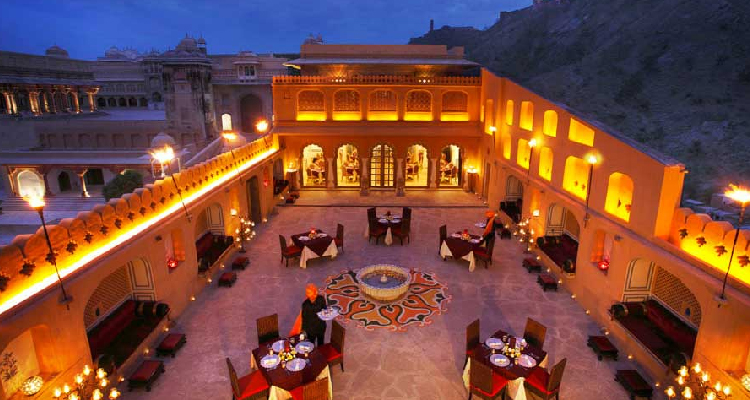
Best Honeymoon Destination in Rajasthan

10 Things To Do In Jaipur
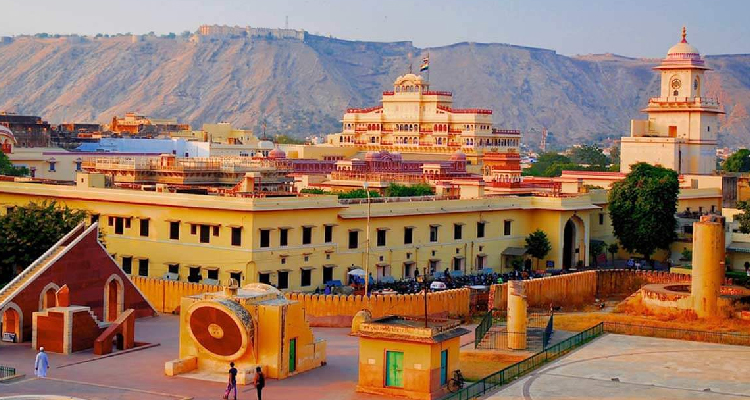
Rajasthan Travel Guide: Places to visit, Best time to visit, How to reach, etc.
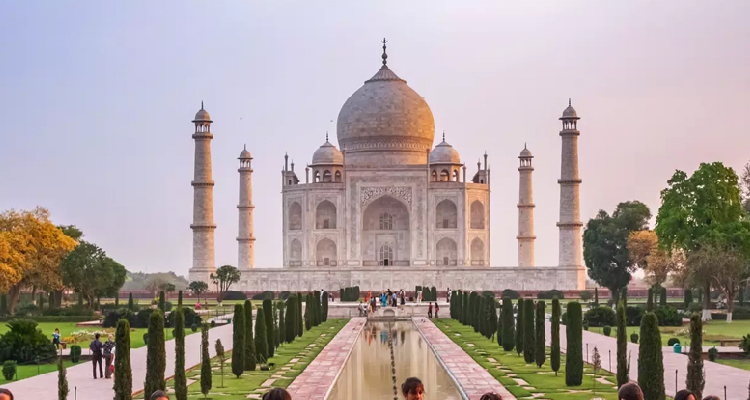
Jaipur Agra Same Day Tour

Best Time To Visit Jhalana Leopard Safari – Jaipur

Rajasthan Shopping Guide

7 Best Places To Visit Near Jaipur On A Same-Day Tour

How To Plan A Jaipur Trip?
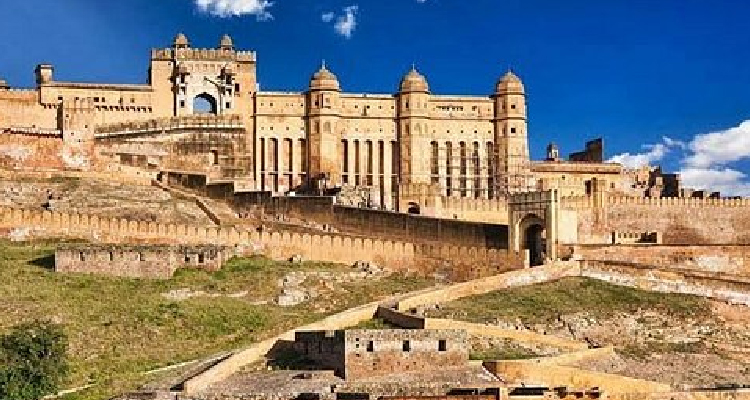
Top 68 Places to Visit in Jaipur
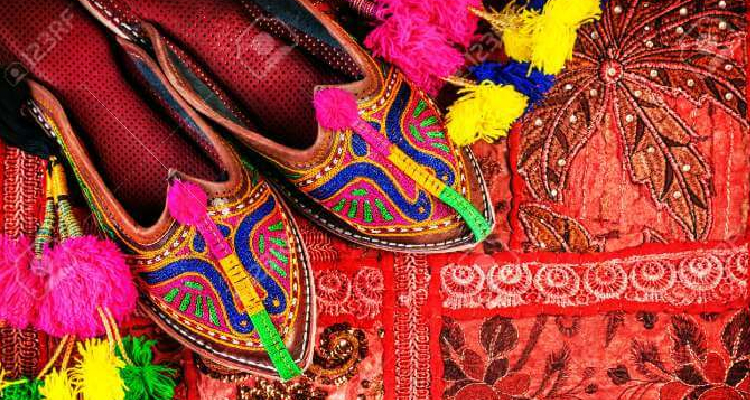
Best Shopping Places in Jaipur
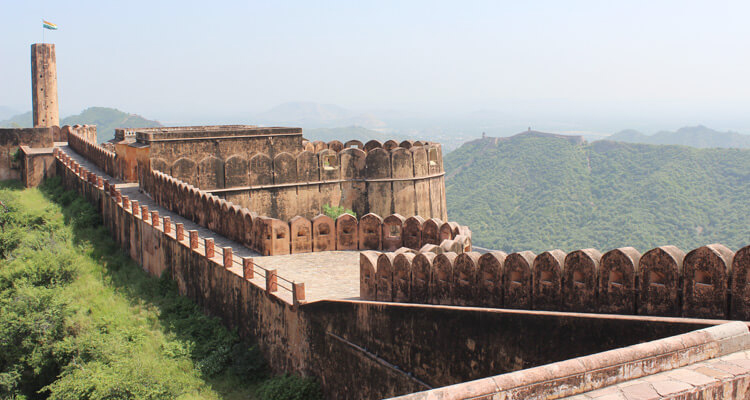
Jaigarh Fort, Jaipur (2024): Timings, Entry Fee, History
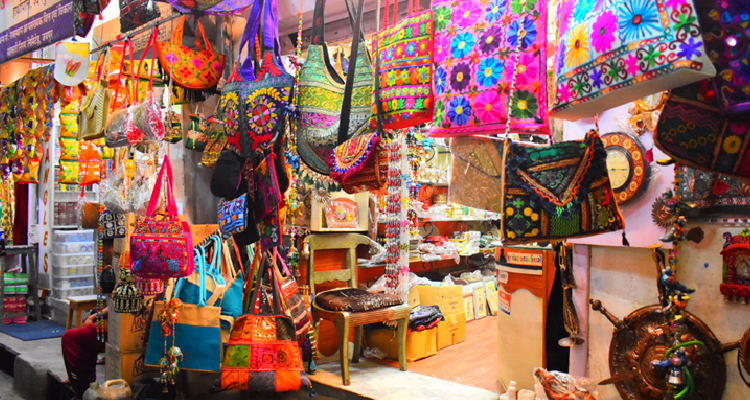
7 Things To Shop In The Jaipur Shopping Tour
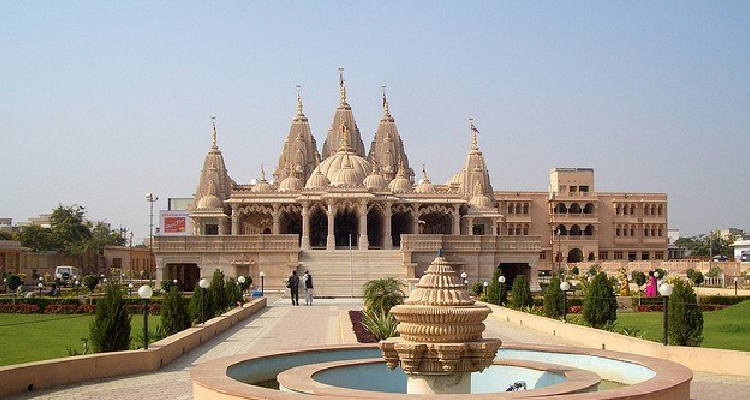
Akshardham Temple Jaipur

Luxury Car Rental in Jaipur
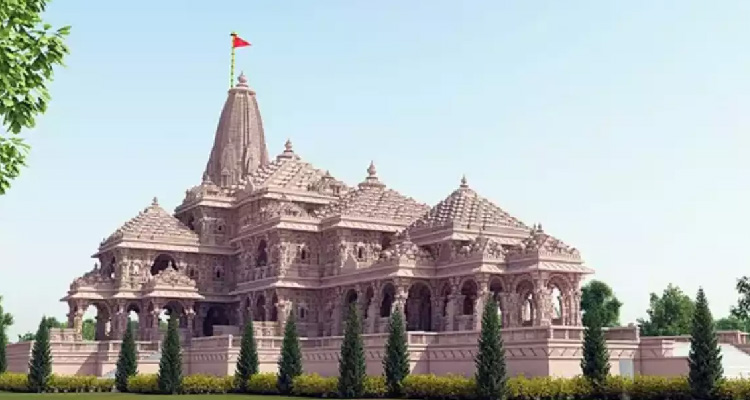
Architectural Marvels of Ayodhya: Heritage of Temples and Palaces

Planning Your Ayodhya Expedition: Travel Tips and Local Insights
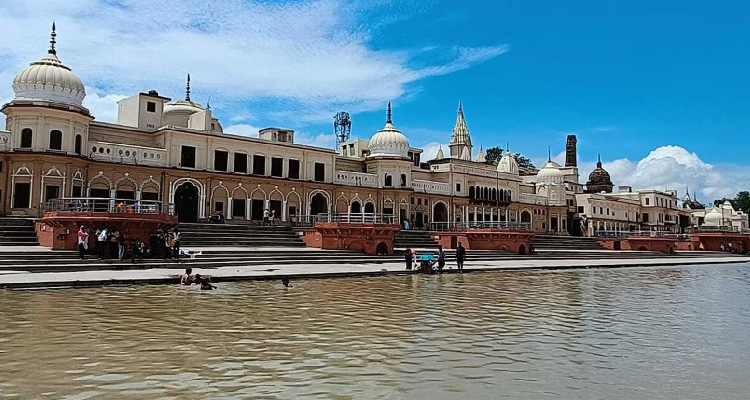
Heritage Walk: Unveiling Ayodhya's Historical Treasures
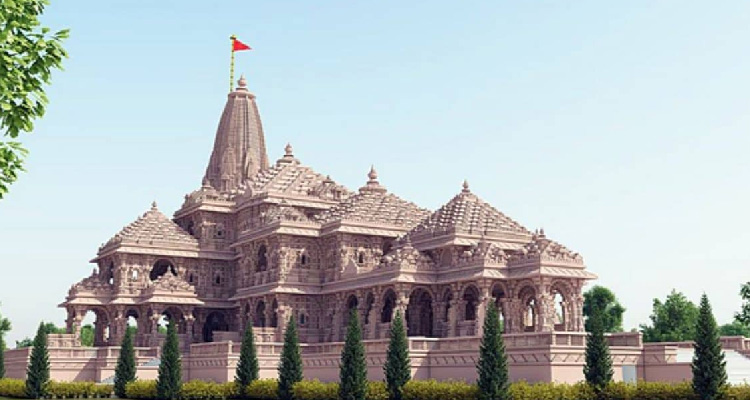
Exploring Ayodhya Beyond the Ram Mandir: Hidden Gems and Local Delights
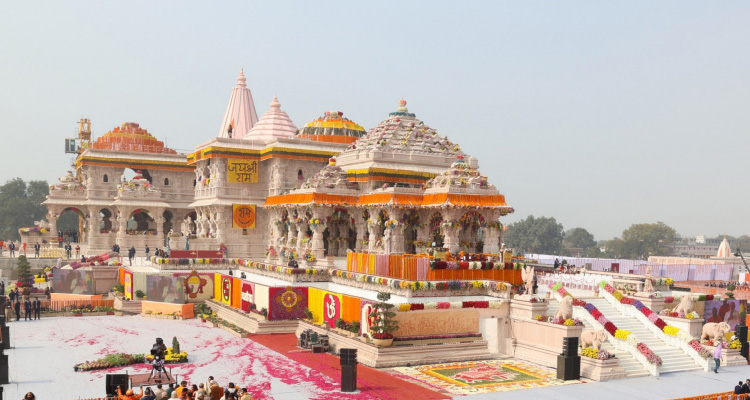
Things to do in Ayodhya

Call Our Customer Care Executive. We Are Available 24x7 Just Dial.
91-9166497735